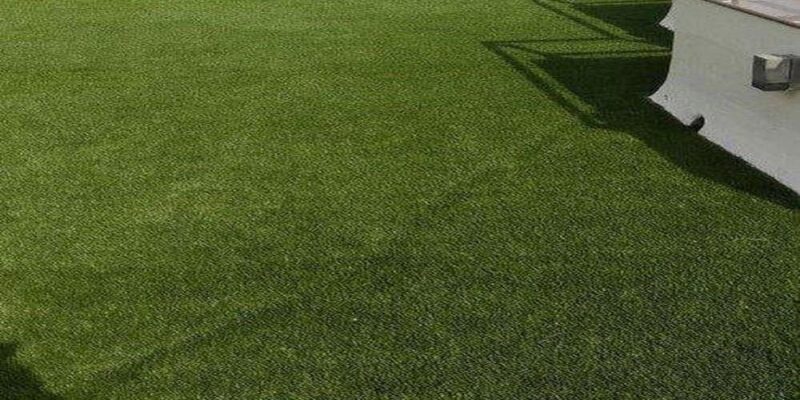Artificial grass has been gaining popularity as an alternative to natural grass for homeowners. But is it the right choice for your lawn? There are a number of factors to consider when deciding whether or not to go artificial.
One of the main advantages of artificial grass is its low maintenance requirements. Unlike natural grass, which needs regular watering, mowing, and fertilization, artificial grass simply needs to be occasionally cleaned and brushed. This makes it an attractive option for those who are looking to save time and money on lawn care.
Another advantage of artificial grass is its durability. Natural grass can be easily damaged by foot traffic, pets, and weather conditions. In contrast, artificial grass can withstand heavy use and extreme weather conditions without showing signs of wear and tear.
However, there are also some disadvantages to consider. One of the biggest is the initial cost of installation. Artificial grass can be expensive to install, and it may take several years before the savings from reduced maintenance costs offset the initial investment. Additionally, some people may prefer the look and feel of natural grass, and artificial grass may not be the best choice for those who want a truly organic lawn.
Can Artificial Grass Help Save Water in Drought-Prone Areas?
As climate change continues to impact the planet, drought-prone areas are becoming more common. In these areas, water conservation is a top priority, and many homeowners are looking for ways to reduce their water usage.
One potential solution is artificial grass. Unlike natural grass, which requires a significant amount of water to stay green and healthy, artificial grass can thrive without any watering. This makes it an attractive option for those who are looking to conserve water and reduce their environmental impact.
In addition to saving water, artificial grass can also help reduce the need for pesticides and fertilizers, which can have harmful effects on the environment. This makes it a more sustainable choice for those who are looking to reduce their carbon footprint.
However, it’s important to note that artificial grass is not a perfect solution. While it can help save water and reduce the need for chemicals, it is not completely environmentally friendly. The production of artificial grass requires energy and resources, and it can also contribute to the problem of waste disposal.
Is Artificial Grass Safe for Children and Pets?
For families with children and pets, the safety of their lawn is a top priority. But is artificial grass a safe option?
In general, artificial grass is considered safe for children and pets. It is designed to be non-toxic and free from harmful chemicals, making it a safe surface for kids and pets to play on. Additionally, artificial grass is easy to clean and maintain, making it a more hygienic option than natural grass.
However, there are some potential safety concerns to be aware of. For example, artificial grass can get hot in direct sunlight, which may make it uncomfortable for children and pets to play on during hot summer days. Additionally, if the grass is not installed properly, it can present a tripping hazard for young children or pets.

Comments